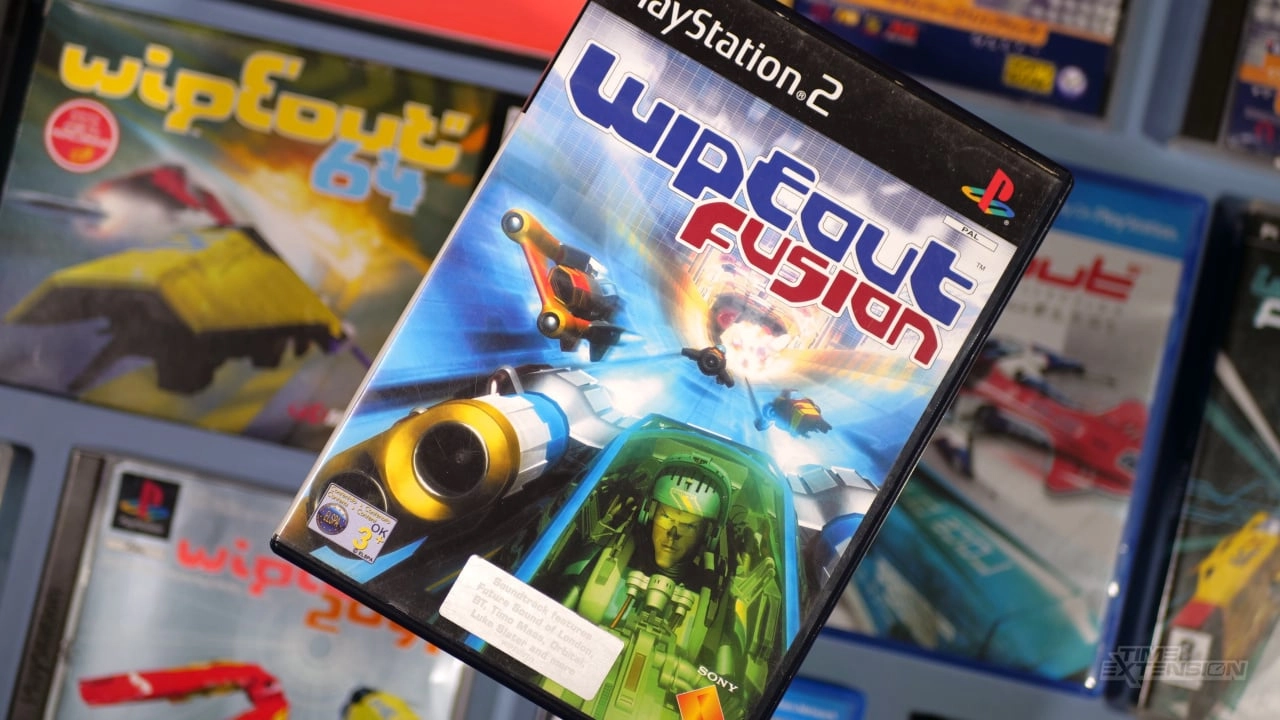
The video game series WipEout, renowned for its hyper-futurist aesthetic and high-octane racing gameplay, owes a significant part of its visual identity to The Designers Republic. The Sheffield-based agency, founded in 1986 by Ian Anderson and Nick Phillips, was pivotal in branding and theming the first three WipEout games, aligning them seamlessly with the culture of the 32-bit era.
The partnership between the game and the agency began with the original WipEout release, which immediately set a new benchmark for design within the games industry. Its sleek, futuristic look captured the imaginations of players worldwide. Continuation of this visual success was witnessed in the subsequent iterations, WipEout 2097 and WipEout 3, with the games' graphics and interfaces borrowing heavily from The Designers Republic's distinct approach to design.
However, the relationship between the iconic racing franchise and its equally iconic design agency would not last indefinitely. Despite common assumption, the split was not solely due to Sony's rumored request for The Designers Republic to pitch ideas for WipEout Fusion alongside competitors. Ian Anderson provided insights not just on the company’s official site, but also elaborated in the book "A To Z Of The Designers Republic."
Anderson recounted that the creative spark that fueled the design of the first three WipEout games began to dim as the franchise progressed. Initially, WipEout's setting, which was envisioned to be a hundred years in the future, felt original and boundary-pushing. As time went on, however, this futuristic lens began to age, and what was once innovative became riskily close to feeling outdated. For Anderson and his team, the thrill of forging unexplored creative territories started to fade, replaced by the mundanity of iterating on a formula that seemed to be set in stone.
Beyond the encroaching creative stasis, matters were complicated when a figure at Sony, lacking involvement in the prior games, made the controversial request for The Designers Republic to pitch for the fourth game, WipEout Fusion. This proposition was ill-received; Anderson and his team had been integral to the brand and to have to prove their worth as if newcomers struck a dissonant chord. Emphasizing the agency’s role in building the series, Anderson declined. The phrase "No thank you. Mission complete. Game over" would mark the end of an era.
WipEout Fusion was released in 2002 on the PlayStation 2 and, although it followed the visual footsteps of its predecessors, its reception was mixed among fans and critics. The absence of The Designers Republic had taken its toll. Consequently, The Designers Republic's creative vigor would find new expression through other projects, including a collaboration on Pacer, a spiritual successor to WipEout known during its development as Formula Fusion.
The lingering influence of The Designers Republic on the WipEout series is indelible. The design choices made in the early games continue to serve as a template long after their departure. Their work didn't just leave an impact on the series itself but on the wider gaming culture, establishing a design rulebook that has inspired a generation of artists and designers.
Despite moving on from WipEout, The Designers Republic's legacy within the gaming industry is secured, their designs continuing to be admired and studied by aspirants and enthusiasts alike. The split from WipEout was not the result of a singular event or misunderstanding, but a culmination of a desire for fresh creative horizons and a misaligned approach to collaboration between the agency and the managing game company. The moment encapsulates a pivotal shift in the gaming world's history and yet remains a testament to the ever-evolving nature of creative endeavors.
The WipEout series carries on, enduring as a symbol of the '90s gaming zeitgeist and as a reminder of the golden age of racing games. Simultaneously, The Designers Republic continues to push the boundaries elsewhere, proving that sometimes, parting ways is not only necessary for growth but can also be a catalyst for new opportunities and innovative expressions of creativity.
You must be logged in to post a comment!